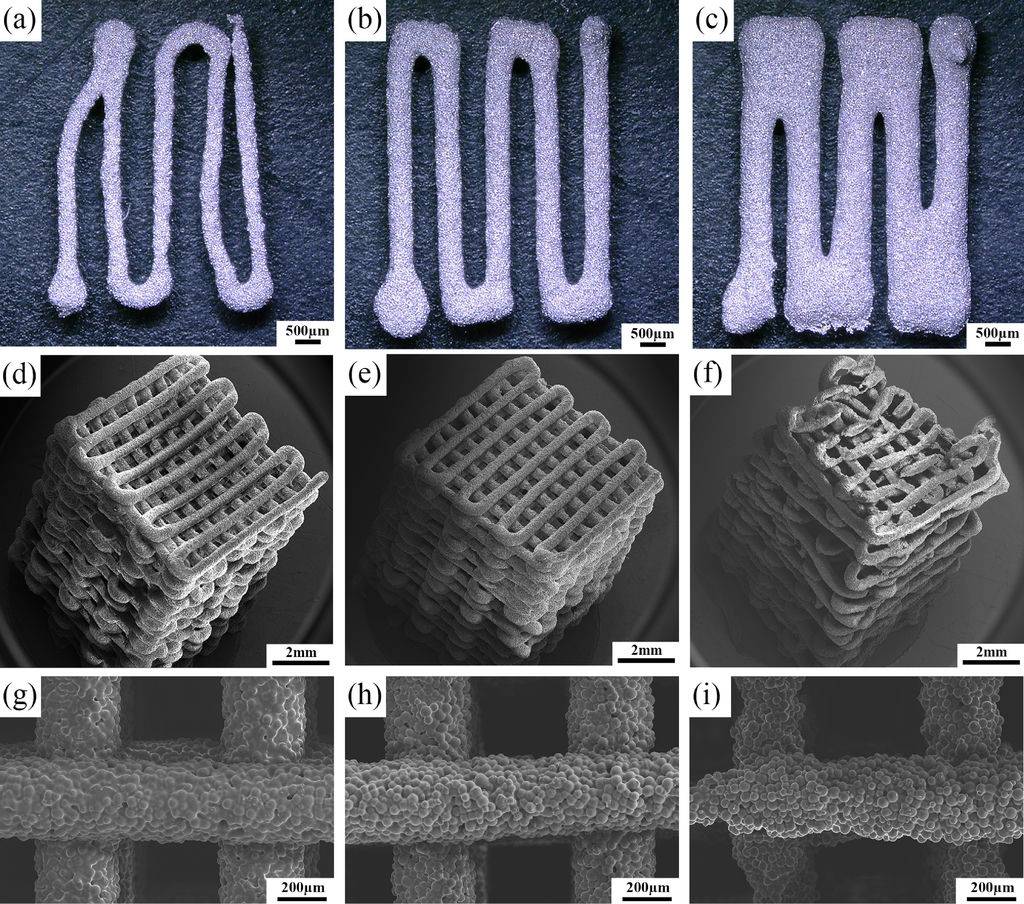Researchers from the Delft University of Technology in the Netherlands have discovered 3D printed biodegradable magnesium scaffolds which could have promising applications in the regeneration of critical-sized bone defects.
While the approach isn’t without its limitations, the researchers believe the solvent-cast 3D printed (SC-3DP) method used has ‘unprecedented possibilities’ for the fabrication of magnesium-based porous scaffolds.
“Magnesium-based material has been considered to be a new class of promising biomaterials in orthopedic applications because it can degrade gradually in the body, and at the same time, stimulate bone regeneration and help the healing process of bone defects,” said Professor Amir Zadpoor of the biomechanical department at Delft, and one of the researchers involved in the study. “Therefore, fabricating porous magnesium implants is attracting more and more interest.”

Biomaterials for orthopedic applications
Using additive manufacturing to fabricate magnesium-based materials has recently started in a small number of university research groups, with selective laser melting (SLM) one of the commonly chosen methods. The success of using this method is, however, rather limited as a result of challenges surrounding safety in operation due to magnesium’s high flammability, as well as undesirable compositional variations in the final produced parts.
Recently, some attempts have been made to develop powder bed inkjet 3D printing and fused filament fabrication (FFF) techniques, followed by a sintering step, as alternatives to SLM. However, utilizing these techniques for the fabrication of topologically ordered porous Mg scaffolds has not yet been reported.
“Due to high flammability of magnesium powder under high laser energy, safety in operation is the primary challenge encountered during fabrication of magnesium scaffolds,” Zadpoor explained. “Utilizing higher laser power also increases the chance of magnesium evaporation and creates significant thermal gradients during SLM, making the manufacturing process costly.”
Detailed study, right here!


